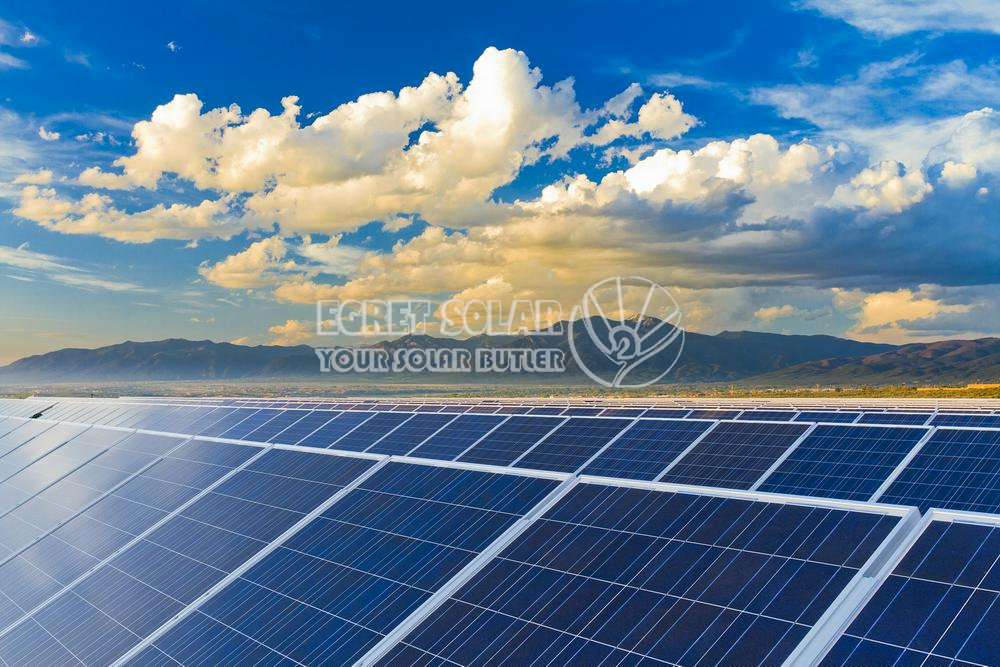- English
- Español
- Português
- русский
- Français
- 日本語
- Deutsch
- tiếng Việt
- Italiano
- Nederlands
- ภาษาไทย
- Polski
- 한국어
- Svenska
- magyar
- Malay
- বাংলা ভাষার
- Dansk
- Suomi
- हिन्दी
- Pilipino
- Türkçe
- Gaeilge
- العربية
- Indonesia
- Norsk
- تمل
- český
- ελληνικά
- український
- Javanese
- فارسی
- தமிழ்
- తెలుగు
- नेपाली
- Burmese
- български
- ລາວ
- Latine
- Қазақша
- Euskal
- Azərbaycan
- Slovenský jazyk
- Македонски
- Lietuvos
- Eesti Keel
- Română
- Slovenski
- मराठी
- Srpski језик
2024 American Solar PV Market
1. Inventory situation: In the U.S. market, the project market and distribution are now inverted. The project market can still basically sign in at 0.039USD. The distribution has sold too much in the past few years, and now it is basically at 0.033USD. Similar to Europe, manufacturers stock more than is needed and have to sell goods after a long time. In addition, the transit time is too long, causing downstream projects to become obsolete, and these inventories must also be thrown away. Projects in the United States are all very large, around several hundred megawatts. If a single project of several hundred megawatts enters the market, it will directly disrupt the distribution system.
2. Judgment of tariff policy trends: To be honest, no one can understand the U.S. policy after June 2024, and it is difficult to make predictions. The factory is mainly based on OEMs in Southeast Asia. It plans to use all six major auxiliary materials in the supply chain from Southeast Asia after June. Silicon wafers are purchased from Southeast Asia, and the more extreme silicon materials are also sourced from overseas, such as Malaysia, South Korea or Germany. Complete de-Sinoization of the supply chain will be detrimental to major Chinese-funded manufacturers. This is most directly reflected in the customs clearance side. Even if a complete overseas supply chain is implemented, at the customs clearance side, if the other party sees whether it is a major Chinese-funded factory such as LJ or Being able to get stuck is actually more beneficial to small factories. In the next few years, as long as Southeast Asia can still export to the United States, it will still be more beneficial to small factories. Small factories with a scale of 5 GW a year or smaller are very profitable.
3. Judging the demand of the U.S. market in 2024, the demand in the U.S. is closely related to interest rates. The current interest rate exceeds 9%, which is extremely high. Lower interest rates in the future will stimulate demand. In addition, if the United States has higher requirements for Southeast Asia, there may be supply problems.
For more information on solar energy, please visit www.egretsolars.com.





